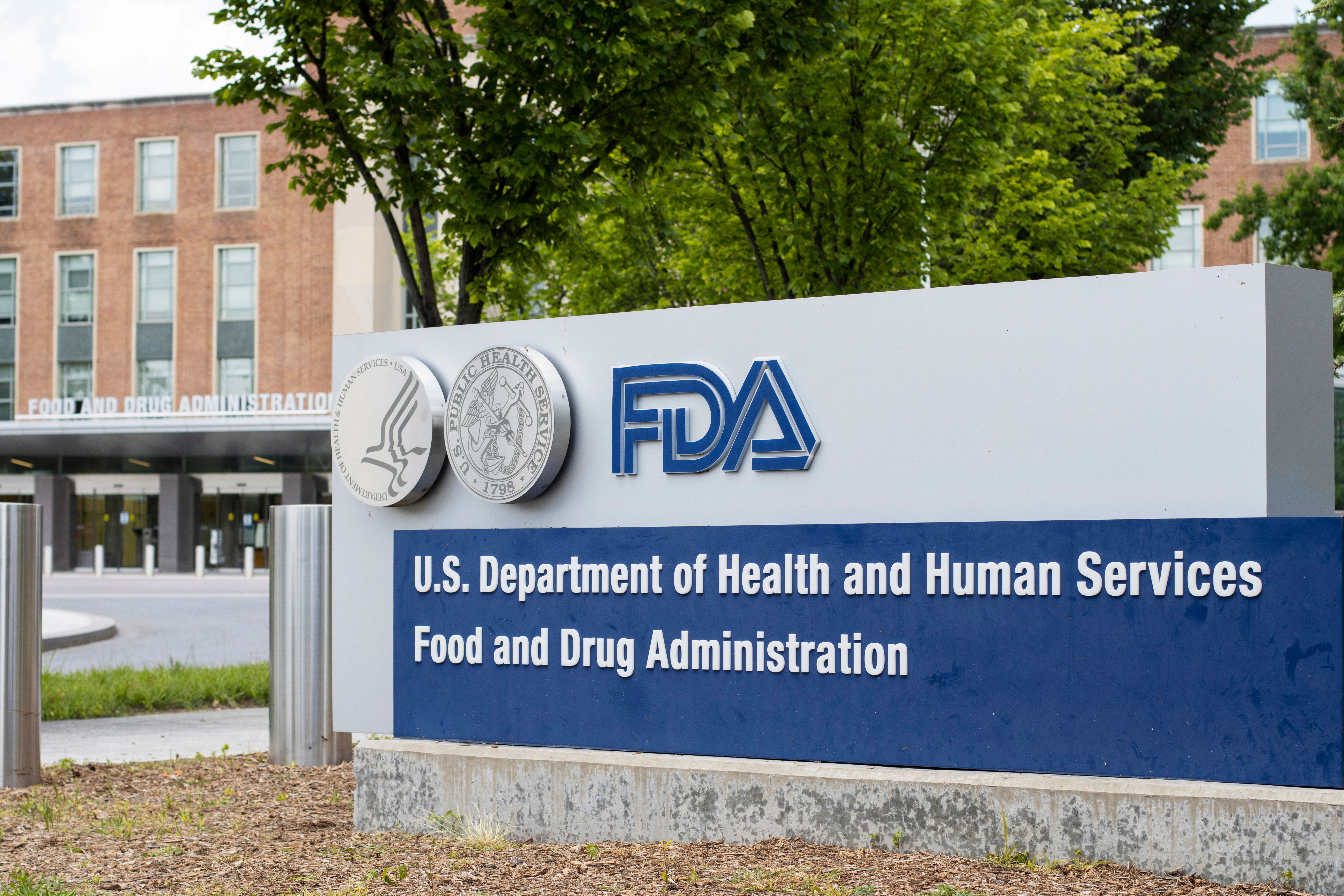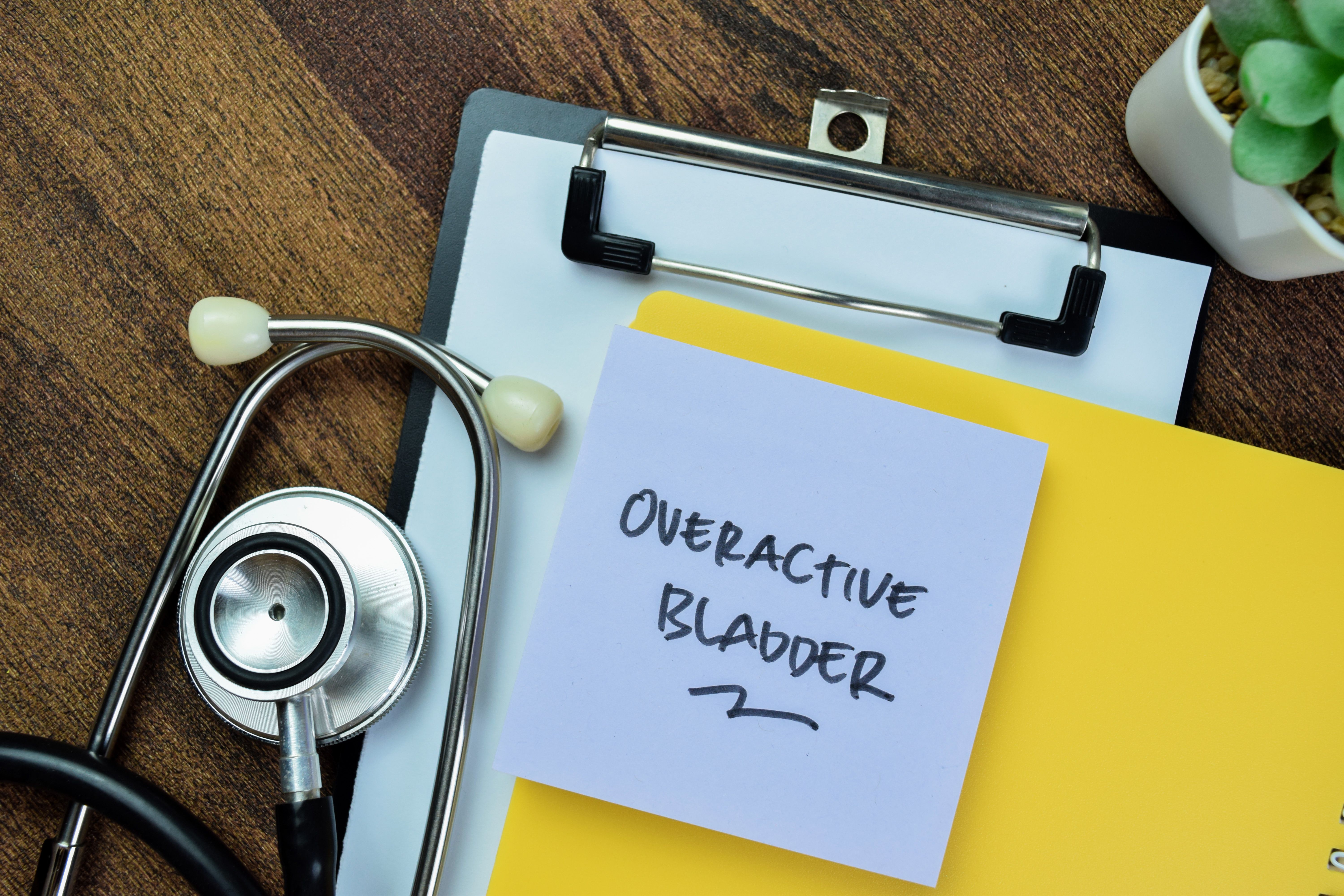Opinion
Video
Overview of Treatment Landscape for IgA Nephropathy: Standard of Care and KDIGO Guidelines
Panelists discuss how immunoglobulin A (IgA) nephropathy treatment has evolved to include supportive care with optimized blood pressure control and renin-angiotensin system blockade as first-line therapy, with increasingly targeted immunomodulatory approaches for higher-risk patients showing persistent proteinuria.
Treatment Landscape and Standard of Care for IgA Nephropathy
Current Treatment Approach
The management of IgA nephropathy (IgAN) follows a risk-stratified approach with treatment intensity tailored to disease severity and progression risk:
Supportive Care (All Patients)
- Renin-angiotensin-aldosterone system (RAAS) blockade: Angiotensin-converting enzyme (ACE) inhibitors or angiotensin receptor blockers (ARBs) titrated to maximum tolerated dose, particularly in patients with proteinuria > 0.5 g/day
- Blood pressure control: Target < 130/80 mmHg
- Lifestyle modifications: Sodium restriction, weight management, smoking cessation, and physical activity
- Cardiovascular risk management: Lipid control, glycemic management in diabetics
Disease-Specific Therapies (Risk-Based)
- Corticosteroids: For patients with persistent proteinuria > 1g/day despite 3-6 months of optimized supportive care
- Immunosuppressive agents: Cyclophosphamide, mycophenolate mofetil, or rituximab for rapidly progressive disease or crescentic IgAN
- Tonsillectomy: Considered in select patients, particularly in populations with high prevalence of tonsillitis-associated hematuria
- Fish oil supplements: May provide modest benefit in some patients, though evidence remains inconsistent
Emerging Therapies
- Targeted complement inhibition: Targeting alternative complement pathway
- Targeted B-cell therapies: Addressing aberrant IgA1 production
- SGLT2 inhibitors: Showing renoprotective effects in proteinuric kidney diseases
Key Points From KDIGO Guidelines
- Risk assessment:
- Recommend comprehensive assessment of proteinuria, blood pressure, estimated glomerular filtration rate (eGFR), and histopathological features (MEST-C score)
- Identify high-risk patients: persistent proteinuria > 1g/day, declining eGFR, hypertension, and adverse histology
- Initial management:
- Maximize RAAS blockade as first-line therapy for all patients with proteinuria > 0.5g/day
- Optimize supportive care for 3-6 months before considering immunosuppression
- Immunosuppressive therapy:
- Consider corticosteroids for patients with persistent proteinuria > 1g/day despite optimal supportive care
- Recommend caution with immunosuppression in patients with eGFR < 30 mL/min/1.73m²
- Balance potential benefits against risks of therapy
- Special populations:
- Crescentic IgAN (> 50% crescents): Consider cyclophosphamide and corticosteroids
- Nephrotic syndrome: Evaluate for minimal change disease overlap
- Pregnancy: Continue ACE/ARB until conception planning, then switch to alternative antihypertensives
- Monitoring:
- Regular assessment of proteinuria, eGFR, and blood pressure every 3-6 months
- Consider repeat biopsy in cases of unexpected disease course
- End-stage kidney disease management:
- Transplantation is preferred over dialysis when feasible
- Acknowledge risk of recurrence posttransplant (30%-35%)
- Research priorities:
- Emphasize need for biomarkers to guide therapy
- Support development of targeted therapies addressing disease pathogenesis
The guidelines emphasize a personalized approach, balancing risk of progression against potential treatment toxicities, with treatment decisions made in the context of patient preferences and values.




